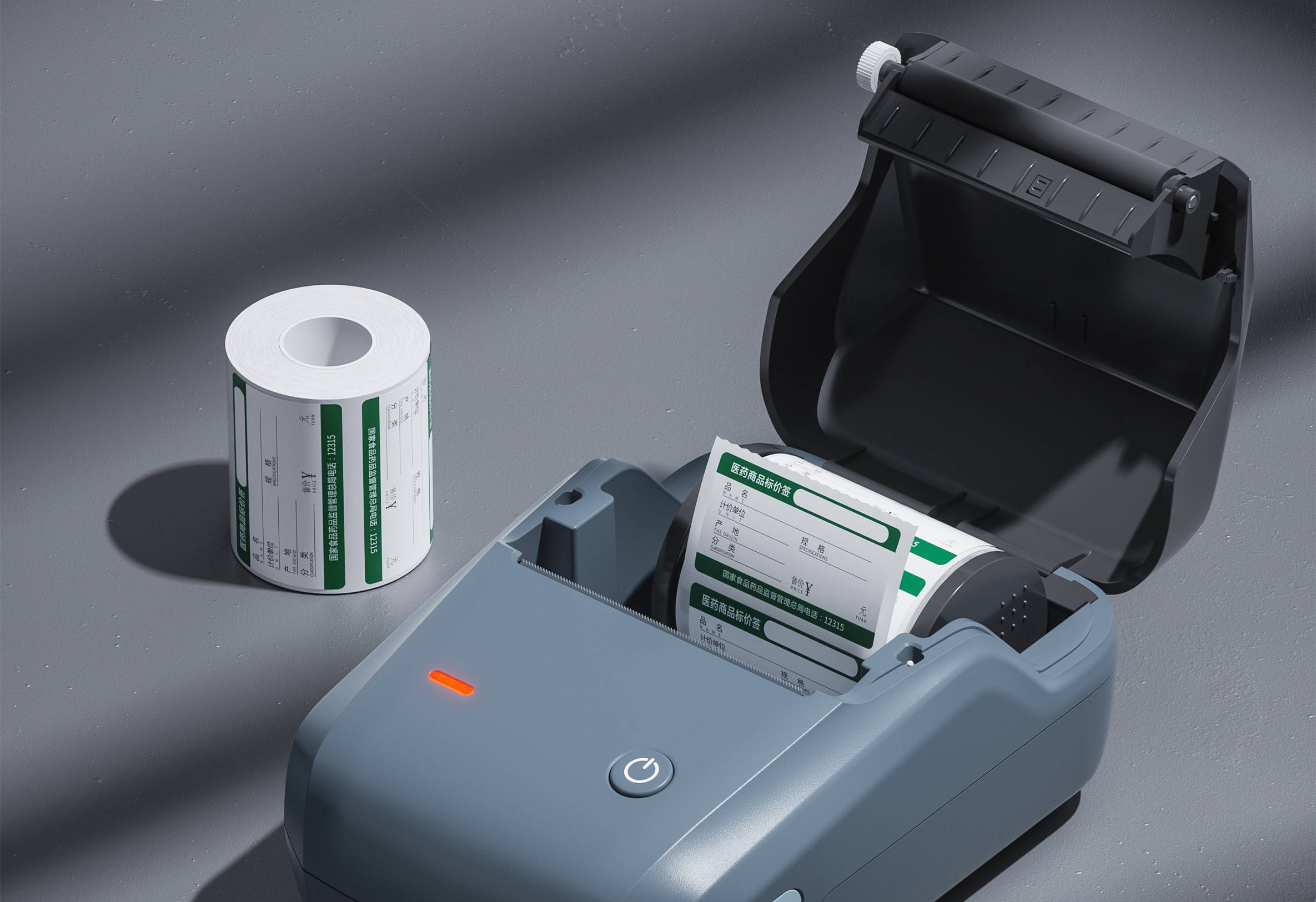
basic introduction
Chemical additives, especially chemical additives required by a certain industry, which are not limited to metal processing additives, plastic additives, papermaking additives, construction additives, water treatment additives, coating additives, leather additives Agent, textile printing and dyeing auxiliary, etc.
Testing products
Rubber additives:
Various inorganic fillers, vulcanization aids (vulcanizing agents, crosslinking agents, accelerators, activators and anti-scorching agents), protective aids (antioxidants, anti-ozonants, anti-flex cracking agents, light stabilizers, UV Light absorbers, harmful metal inhibitors, physical antioxidants, termite inhibitors, mildew inhibitors) reinforcement aids (carbon black, white carbon black, metal oxides, inorganic salts, resins) process operation aids (plasticizers) , Solubilizers, plasticizers, softeners, leveling agents, lubricants, dispersants, tackifiers, release agents, release agents) special additives (colorants, foaming agents, defoamers, thickeners, Ointment, wetting agent, emulsifier, stabilizer, coagulant, heat sensitive agent, anti-webbed agent, preservative, preservative, flame retardant, antistatic agent, fragrance, etc.).
Plastic additives:
Plasticizers (orthophthalic plasticizers, etc.), heat stabilizers, antioxidants (158, 1010, etc.), light stabilizers, flame retardants, foaming agents, antistatic agents, mildew inhibitors, colorants, Brightener, filler, coupling agent, lubricant, mold release agent
Paint and pigment additives:
Drier, toughener, emulsifier, thickener, pigment dispersant, defoamer, leveling agent, anti-skin agent, matting agent, light stabilizer, mildew inhibitor, antistatic agent, etc.
Adhesive additives:
Curing agent, cross-linking agent, initiator, photoinitiator, catalyst, accelerator, toughener, tackifier, plasticizer, thickener, diluent, solvent, coupling agent, emulsifier, reinforcing agent, Fillers, flame retardants, polymerization inhibitors, oxidants, softeners, antioxidants (PAN, 6PPD), dispersants, foaming agents, defoamers, sterilization and preservative colorants, etc.
Other additives:
Antifreeze, cutting fluid, polymerization aid, surface treatment agent, snow melting agent, water reducing agent, whitening agent, mold release agent, rust inhibitor, catalyst, refrigerant, waterproof agent, water treatment agent, additive, arsenic removal agent , Desulfurization agent, dechlorination agent, mercury removal agent, vehicle urea, etc.
Test items
Detection: purity, density, PH value, limiting viscosity, scale inhibition performance, corrosion inhibition performance, critical micelle concentration, interfacial tension, wetting force, iodine value, acid and alkali resistance, viscosity, activity test, specific surface area, air Productivity, thermal stability, stability, cooling, corrosiveness, sealing, detection of harmful substances, water content, trace elements, etc.
Snow melting agent testing items: freezing point, PH value, snow melting and melting ability, dissolution rate, carbon steel corrosion rate, concrete corrosion rate test, road friction attenuation rate, five kinds of heavy metal detection, etc.
Analysis: component analysis, formula analysis, qualitative analysis, quantitative analysis, chemical composition analysis, etc.
Testing standards
GBT 1676-2008 Determination of iodine value of plasticizer
GBT 1677-2008 Determination of epoxy value of plasticizer
GBT 1670-2008 plasticizer thermal stability test
GBT 1660-2008 Determination of kinematic viscosity of plasticizers
GBT 1668-2008 Determination of acid value and acidity of plasticizer
GBT 1669-2001 Determination of heating loss of plasticizer
GB/T 1663-2001 Determination of crystallization point of plasticizer
GB/T 1665-2008 Determination of saponification value and ester content of plasticizers
ISO 176-2005 Plastics. Determination of loss of plasticizers. Activated carbon method
DIN EN ISO 176-2005 Plastics. Determination of plasticizer loss. Activated carbon method
DIN EN 665-1995 elastic floor covering material. Determination of plasticizer exudation
GB/T 23851-2009 Snow melting agent testing (five heavy metal testing, freezing point, PH value, snow melting and ice melting capacity, dissolution rate, carbon steel corrosion rate, concrete corrosion rate test, road friction attenuation rate)
Our advantage
1. With a professional qualification and experienced expert technical team, we can provide you with professional consultation and services.
2. Have advanced laboratory equipment to ensure the accuracy and reliability of test data.
3. As a third-party testing and certification organization trusted by customers worldwide, we are your certificate of quality.

Label printers entering the Brazilian market, ANATEL certification is an essential passport! It is the recognition of the Brazilian Telecommunications Authority for the safety and compliance of electronic products, without which products cannot be legally sold.

SRRC certification is not only a guarantee of product compliance, but also a key to opening up the market.

FCC ID certification is a mandatory certification for electronic products by the Federal Communications Commission (FCC) in the United States, and it is essential for label printers to obtain this certification.
Chemical additives, especially chemical additives required by a certain industry, which are not limited to metal processing additives, plastic additives, papermaking additives, construction additives, water treatment additives, coating additives, leather additives Agent, textile printing and dyeing auxiliary, etc.
Get a quote